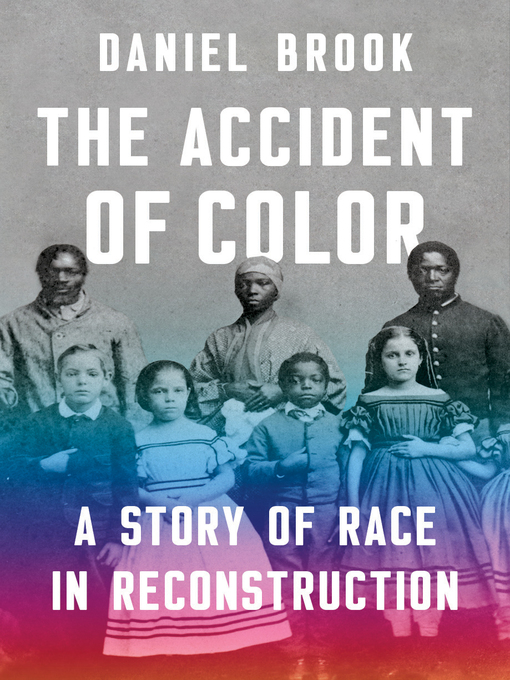A technicolor history of the first civil rights movement and its collapse into black and white.
Brutal slavery existed all over the New World, but only America followed emancipation with a twisted system of segregation. The Accident of Color asks why. Searching for answers, Daniel Brook journeys to the places that resisted Jim Crow the longest. In the cosmopolitan port cities of New Orleans and Charleston, integrated streetcars plied avenues patrolled by integrated police forces for decades after the Civil War. This progress was ushered in during Reconstruction when long-free, openly biracial communities joined in coalition with the formerly enslaved and allies at the fringes of whiteness. Tragically, their victories—including integrated schools—and their alliance itself were violently uprooted by segregation along a stark, new black-white color line. By revisiting a turning point in the construction of America's uniquely restrictive racial system, The Accident of Color brings to life a moment from our past that illuminates the origins of the racial lies we live by.

